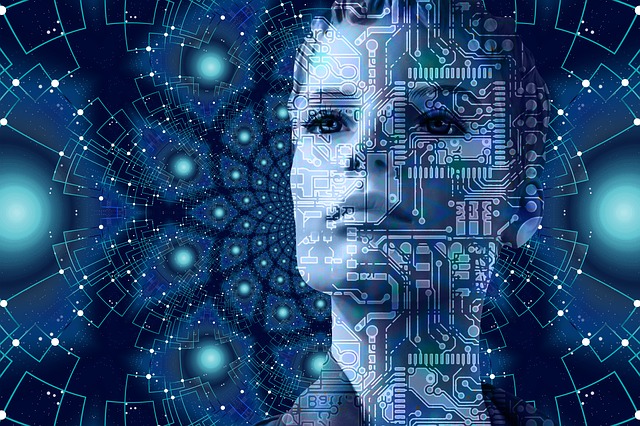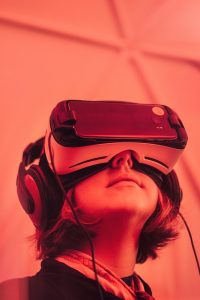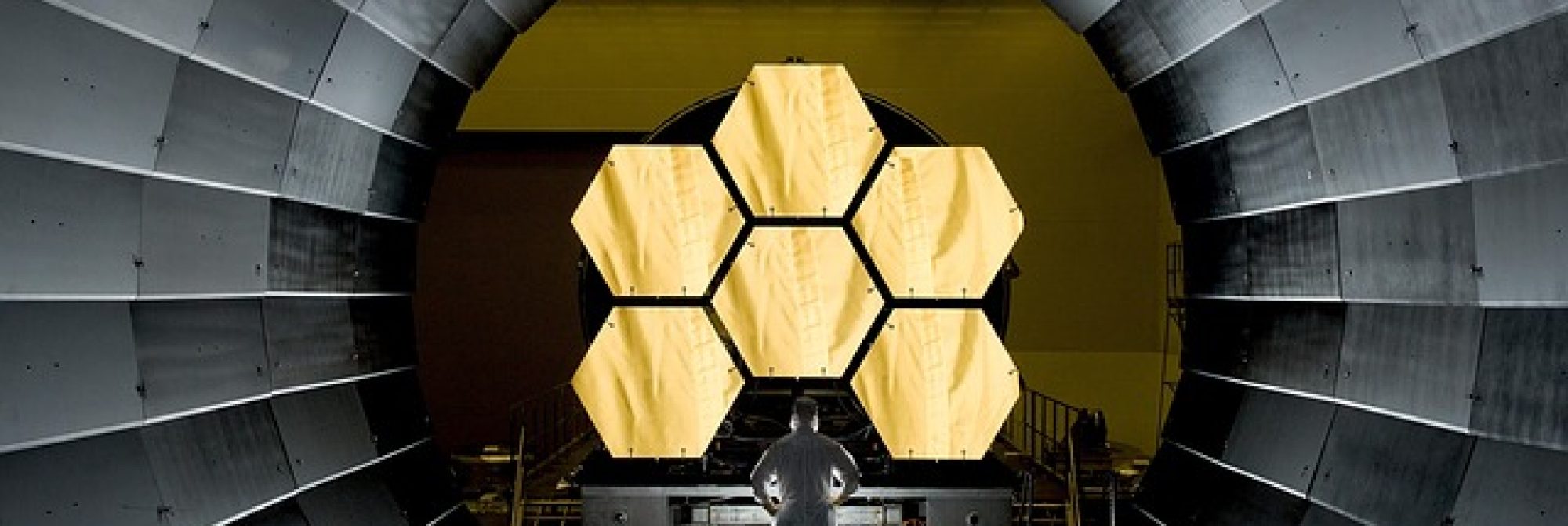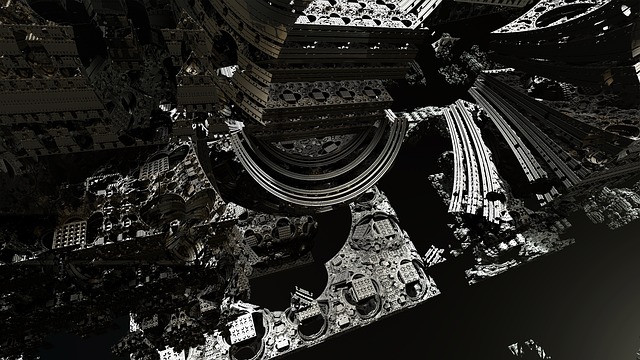The Future Is Here
For most people, the term Virtual Reality (VR) brings to mind a picture of an individual with a headset and a gaming console completely engrossed in the latest video game. However, with the continued advancement of technology and more and more people engaging with virtual reality in their professional or personal lives, VR has extended way beyond the realms of the gaming arcade.

We are now a witness to Virtual Reality becoming a part of the next generation of education and making its gradual progress into multiple classrooms the world over. A revolutionary technology fashioned to support interpersonal engagement, VR brings unique and stimulating environments to the classroom which makes learning a much more fun and interactive activity. Students can now easily record their assignments and interact with experts via VR. Imagine learning about the Amazon rainforest via a textbook in a classroom with 2D images, vs actually experiencing the sights and sounds of the rainforest via virtual reality!
Virtual Reality has been enthusiastically adopted by students with more and more joining the VR bandwagon every other day. A recent survey conducted in 2016 (ref:https://www.businesswire.com/news/home/20160627005621/en/Survey-Finds-Teachers-Virtual-Reality-Reality-Classroom) illustrates how over 90% of teachers surveyed state that the students under their charge actually would look forward to using virtual reality in classrooms to enhance their learning experience. The main idea behind Virtual Reality in education is to make learning more interactive experience by supplementing the courses in textbooks with a virtual and immersive environment.
 Virtual Reality as the next generation of education is not limited to schools and colleges alone. Enterprises and Organizations can use the power of VR to train their employees with real-life scenarios in areas like management and client satisfaction. A growing number of vocational job training is now being conducted via virtual reality to ensure the trainees can get an all round and immersive experience of what they might face. Imagine a doctor in training who needs to operate on an emergency patient. A wrong move might end in disaster. How do you make the scenario as real as possible? With the potential of virtual reality, you can now replicate the pressure and environment of a real operation theatre.
Virtual Reality as the next generation of education is not limited to schools and colleges alone. Enterprises and Organizations can use the power of VR to train their employees with real-life scenarios in areas like management and client satisfaction. A growing number of vocational job training is now being conducted via virtual reality to ensure the trainees can get an all round and immersive experience of what they might face. Imagine a doctor in training who needs to operate on an emergency patient. A wrong move might end in disaster. How do you make the scenario as real as possible? With the potential of virtual reality, you can now replicate the pressure and environment of a real operation theatre.
In addition to regular classes, Virtual Reality is also slowly making its way into various distance learning programs as well. A recent study conducted by Babson and the Online Learning Consortium, released in February 2016 shows the growth in the number of students opting for distance learning courses each year. While an additional number of employers seek prospective employees with skills like interpersonal communication and innovative problem solving that goes beyond the traditional textbooks, a conventional distance learning method of study may not be as well equipped to assist the students here. Developing these skills require more than a textbook course that distance learning offers. It needs students to regularly engage in activities such as class discussions, debates, and group work. This is where virtual reality comes in. Students pursuing distance learning courses can use the potential of virtual reality to connect with peers globally and take part in such interpersonal activities providing them with the skills needed in today’s workplace.
To conclude, we are currently at the dawn of this still-evolving technology. With virtual classrooms, avatars and even virtual class field trips, the potential for virtual reality as the next generation of education are perhaps as large as we allow to be.

